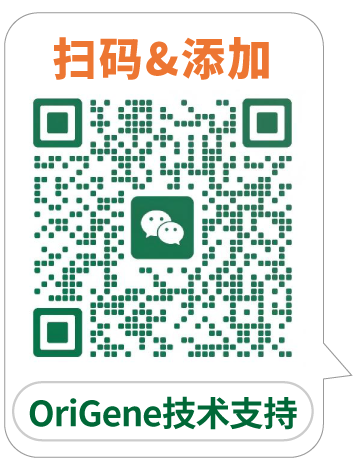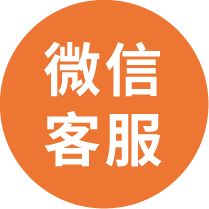PION (GSAP) Rabbit Polyclonal Antibody
CNY 5808.00
货期*
5周
规格
推荐一起购买 (1)
beta Actin Mouse Monoclonal Antibody, Clone OTI1, Loading Control
CNY 300.00
CNY 1430.00
Specifications
| Product Data | |
| Applications | IF, IHC, WB |
| Recommend Dilution | WB: 0.25 ug/mL, ICC: 5 ug/mL, IF: 20 ug/mL |
| Reactivity | Human, Mouse, Rat |
| Host | Rabbit |
| Clonality | Polyclonal |
| Immunogen | PION antibody was raised against a 19 amino acid synthetic peptide near the carboxy terminus of human PION. The immunogen is located within amino acids 770 - 820 of PION. |
| Isotype | IgG |
| Formulation | PION Antibody is supplied in PBS containing 0.02% sodium azide. |
| Concentration | 1ug/ul |
| Purification | PION Antibody is affinity chromatography purified via peptide column. |
| Conjugation | Unconjugated |
| Storage Condition | Store at -20°C as received. |
| Gene Name | gamma-secretase activating protein |
| Database Link | |
| Background | PION Antibody: Accumulation of the amyloid-beta peptide (Abeta) in the cerebral cortex is a critical event in the pathogenesis of Alzheimer's disease. The beta-amyloid protein precursor (APP) is cleaved by one of two beta-secretases (BACE and BACE2), producing a soluble derivative of the protein and a membrane anchored 99 -amino acid carboxy-terminal fragment (C99). The C99 fragment serves as substrate for gamma-secretase to generate the 4 kDa amyloid-beta peptide (Abeta), which is deposited in the Alzheimer's disease patient's brains. PION, or GSAP, selectively increases amyloid-beta production through a mechanism involving its interaction with both gamma-secretase and the APP C-terminal fragment, suggesting that PION may be a potential therapeutic target for the treatment of Alzheimer's disease. |
| Synonyms | PION |
| Reference Data | |
| Protein Families | Druggable Genome |
Documents
| Product Manuals |
| FAQs |
| SDS |
Resources
| 抗体相关资料 |
Customer
Reviews
Loading...







